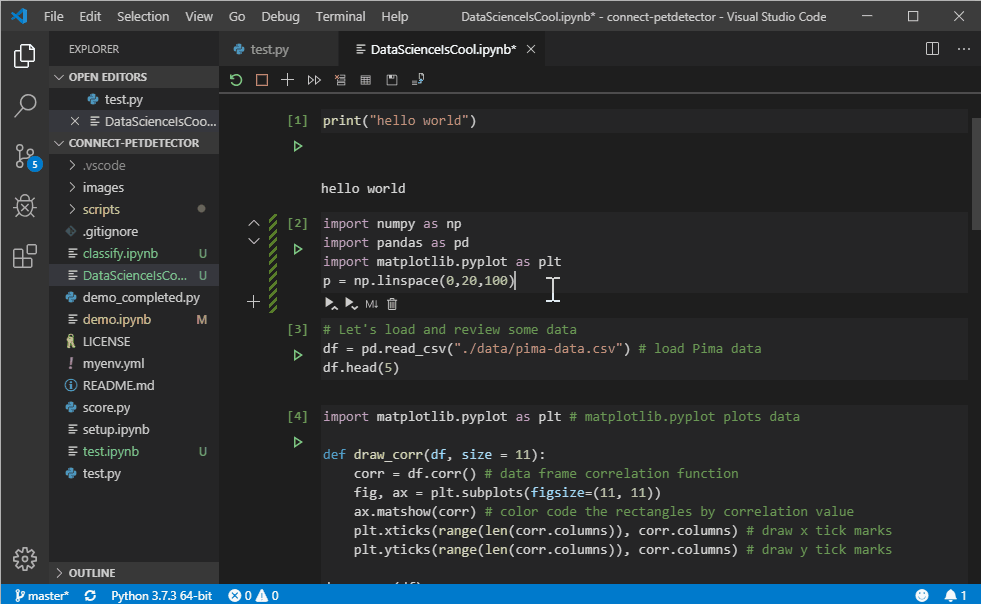

Follow the instructions in the Marketplace, or run the following in the command palette: ext install fabiospampinato.vscode-open-in-terminal Usage. It can be configured to use whichever terminal app you want. You can set it to any font, independent of your Text Editor font. Adds a few commands for opening the current project in Terminal. Share Improve this answer Follow edited at 6:22 D.
OPEN IN TERMINAL VISUAL STUDIO CODE CODE
If it didn't work, select Uninstall code command from path first, then reinstall it again. By default, the font will be the same as that for the Output Window Contents, using Menlo Regular 11. Open Visual Studio Code Press CMD + SHIFT + P (this opens 'Command Palette') Type shell command Select Install code command in path Navigate to any project from the terminal, and type code. You can change the font Family, Typeface and Size used for the Terminal Window Contents from Preferences. You can switch between instances by clicking on the tab for each instance, or using the Ctrl+tab shortcut to use the window picker dialog.Ĭustomizing the terminal window Configuring the terminal font These are the commands we'll be running here. You can create a new instance by using the Ctrl+' keyboard shortcut. VS Code will automatically detect most standard shells that can then be configured as the default. In Visual Studio Code, I'm going to hide the terminal window for the moment.

Multiple instances of the Terminal may be running at any time. Navigate to a folder using your file manager or the terminal. You can search the content of the Terminal window by using the Search > Find. The command presents a list of environment types: Venv or Conda.


 0 kommentar(er)
0 kommentar(er)
